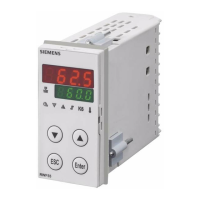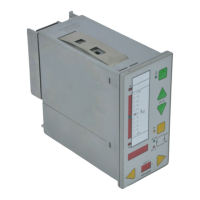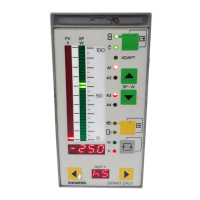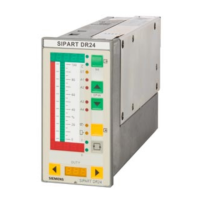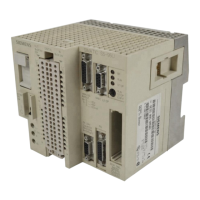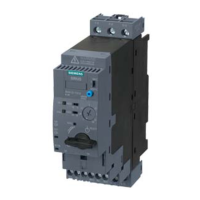Table 2-5 Possible Function States
Function State Explanation
On The function is activated and operates as defined. The prerequisite is that status of the function is OK.
Off The function is turned off. It does not create any information. The status of a selected function always
has the value OK.
Test The function is set into test mode. This state supports the commissioning. All outgoing information of
the function (indication and, if available, measured values) is provided with a test bit. This test bit
significantly influences the further processing of the information, depending on the target.
NOTE: The Test mode is not available for the continuous recorder.
Target of the Information Processing
Buffer The indications are provided with the identification Test in the buffer.
Contact An indication routed to contact is not triggering the contact.
Light-emitting diode (LED) An indication routed to the LED triggers the LED (normal processing)
CFC Here, the behavior depends on the state of the CFC chart.
•
CFC chart itself is not in test state:
The chart is not triggered by a status change of an information
with set test bit. The initial state of the information (state before
test bit was set) is not processed during execution of the chart.
•
CFC chart itself is in test state:
The chart continues to process the information (indication or
measured value) normally. The CFC outgoing information is
provided with a test bit. The definitions in this table apply to its
continued processing.
A CFC chart can be set to the test state only by switching the entire
device to test mode.
Protocol Indication and measured value are transmitted with set test bit,
provided that the protocol supports this functionality.
If an object is transmitted as a GOOSE indication, the test bit is set spon-
taneously and the GOOSE indication is transmitted immediately. The
receiver of the GOOSE indication is automatically notified of transmitter
test mode.
Status (Health)
The status indicates whether a selected function is capable of its designated functionality. If so, the status is
OK
. If, due to the device's state or problems within the device, the functionality is possible only to a limited
extent or not at all, the status will indicate
Warning
(limited functionality) or
Alarm
(no functionality).
Internal self-supervision can cause the functions to assume the
Alarm
status (see chapter Supervision Func-
tions). If a function assumes the
Alarm
status, it is no longer active (indication
inactive
is generated).
Only a few functions can signal the
Warning
status. The
Warning
status results from function-specific moni-
toring and is - if available - described in the function description. If a function assumes the
Warning
status, it
will remain active, that is, the function can continue to work in a conditional manner and trip in the case of a
protection function.
Inactive
The indication
Inactive
signals that a function is currently not working. The indication
Inactive
is gener-
ated in the following cases:
•
Function is switched off
•
Status of the function is in
Alarm
state
•
Function is blocked by an input signal (see Figure 2-1)
Basic Structure of the Function
2.3 Function Control
38 SIPROTEC 5, Fault Recorder, Manual
C53000-G5040-C018-5, Edition 11.2017
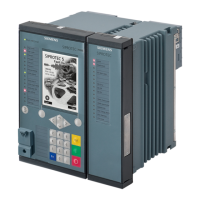
